Water is an essential utility for most sports clubs, but unlike most businesses demand for water can be sporadic, seasonal and highly variable. In addition water quality needs will vary dramatically.
The main requirements for water are for the maintenance of sports turf, washroom facilities for staff and visitors, catering and cleaning.
Climate change means floods and droughts are very likely, soil moisture variations will be more extreme. At the same time uncertainty over visitor numbers mean variations in demand that will make site level water management even more uncertain.
In addition, water resources are under stress in many parts of the UK, this means that interruptions in supply and low pressure may become more likely and water prices are set to rise in the near future. It’s also worth considering that if there are drought orders in place then domestic supply takes precedence over business supply.
What would your club do if you didn’t have any water?
You need to think about what your club would do if you didn’t have any water. Most business have plans for power cuts but very few have plans for water interruptions and if your club’s washrooms aren’t operational then local environmental health officers have the power to temporarily close your site.
The future of water supply and demand is increasingly uncertain and prices are set to rise. But there are lots of things you can do to mitigate water risks.
The importance of having a water strategy
Firstly you must have a water strategy. This can be as simple or as complex as you like, but basically you need to think about:
- Where your water comes from
- What you use it for
- How it leaves the site
Once you have plan or a diagram showing this you can add details relating to costs and specific uses. This will enable you to discover areas where water is being wasted, where you are spending more than you need to, where water could be reused, where water is critical to the business, and more.
Developing a water strategy will be good for finances, reputation, environment, and risk reduction. We can help you develop this strategy and once it’s in place we can work with you to look at where you can make savings and increase resilience.
How can you save water and increase resilience?
The sort of areas we can look at are current bills and allowances, boreholes, rainwater harvesting, grey water reuse and water recycling, water efficiency, reservoirs and storage tanks, and on-site wastewater treatment.
All of these depend on a number of factors which is why the strategy has to be in place first as it’s not worth looking at these issues in isolation. In all of these cases it is also important to engage the groundskeepers in the discussion as variations in water chemistry may have an impact on sports turf maintenance.
- Bills and allowances: checking that you are with the best water retailer for your needs, checking that your bills are correct, and assessing whether you have the right allowances and rebates, especially for drainage, can lead to immediate savings worth thousands of pounds a year for a typical large sports venue.
- Boreholes: boreholes might be a suitable option for sites with a high water use, especially for irrigation, but it will depend on the size of the site, the underlying geology, the local licensing conditions, the potential water quality, and the economics. Golf courses are good example where a borehole may be a good option.
- Rainwater harvesting: clubs with sports turf that requires irrigation, combined with spectator stands with large roof areas may benefit from rainwater harvesting. However the suitability will depend on the volumes required, the average rainfall, the seasonality of the rainfall, the need for storage and the economics of the capital and operational costs. This may be a good option for large football clubs or racecourses.
- Grey water and water recycling: This is highly complex but can involve things like reusing wash down water for irrigation and may be a good option for small sites with little external space for storage or boreholes.
- Water efficiency: All clubs and sites can carry out basic water efficiency measures, many of these will be free, low cost or subsidised by water companies. These can range from leakage detection and repair, to optimisation of irrigation systems, to water efficient showers and toilets. Good washroom design should include water efficiency as standard and will also improve amenity value and hygiene. It is worth engaging an expert advisor to help with water efficiency (for instance we would be very happy to do this).
- Reservoirs and storage tanks: Storage can help with seasonality of use and supply. They can be filled with rainwater or from the mains, or boreholes or surface water and can be used to boost pressure and increase resilience and optimise costs. However they require sufficient space and the location needs to be carefully chosen to reduce expense pumping, they also have to be maintained. Reservoirs are best for larger sites such as golf courses and racetracks. Storage tanks can be used for smaller sites and may be a good option for football or rugby clubs when combined with rainwater harvesting.
- On-site wastewater treatment: sewerage costs can be expensive so if your club has room on site then a simple wastewater treatment plant may be a good option, depending on the treatment this may also enable wastewater to be reused for irrigation. This option is best for clubs looking for longer term investment in infrastructure to offset future capex and is best for golf clubs or racetracks because of the footprint of the plant.
If any of this sounds interesting to you please do get in touch – we’d be happy to talk to you about how we can help you put an effective water management strategy in place for your sports club.




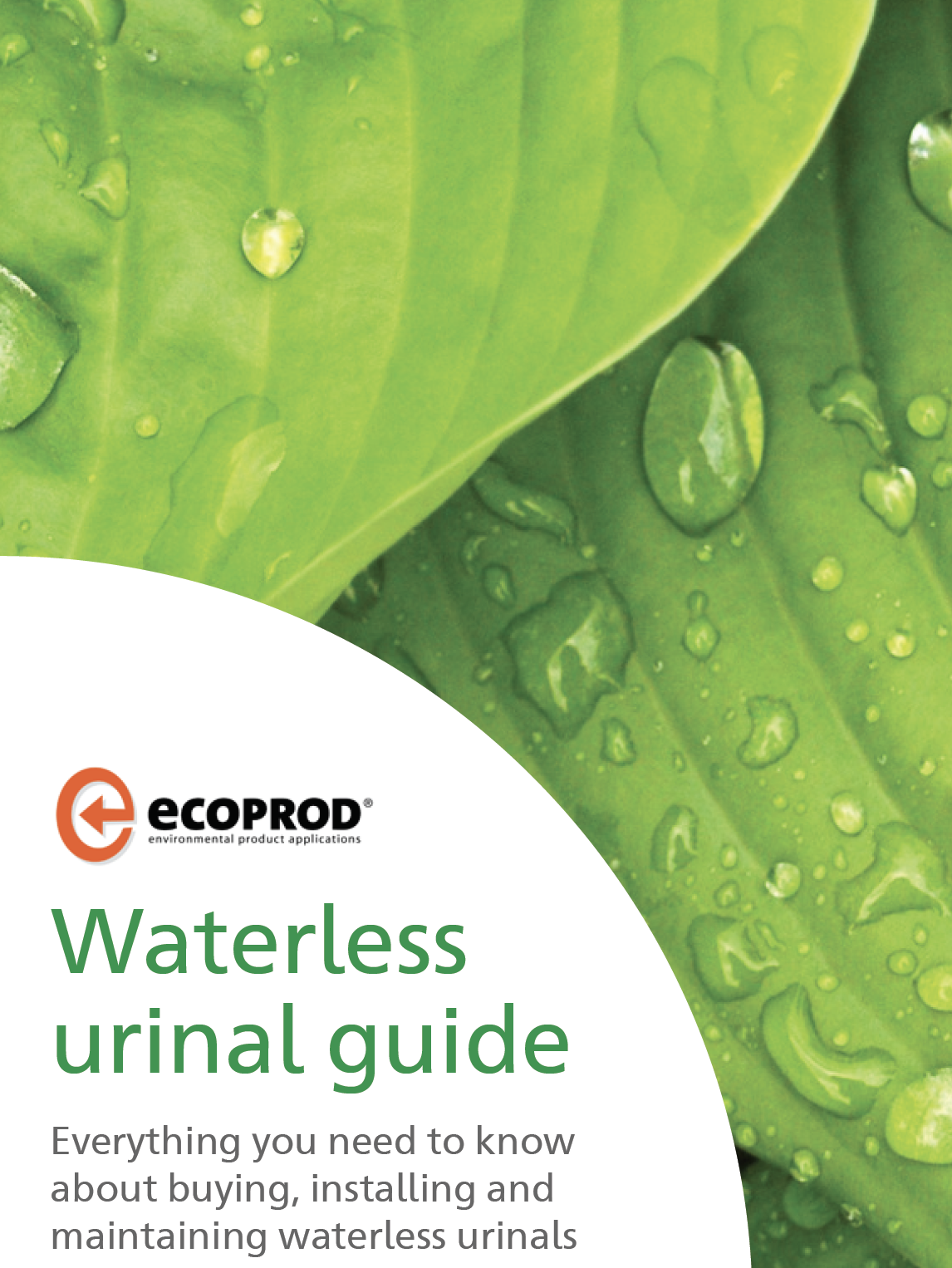


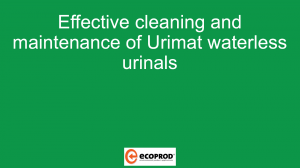





 For the last 8 years Robert Summer – Head of International Sales and Marketing – has developed structured distribution network worldwide for CONTI+ brand. The products offer great benefit for washrooms and shower rooms for public, semi-public and health sector. Today, sustainability, hygiene and smartness are key to CONTI+ solutions. Robert lives the brand and its USPs and loves to support and motivate his team on a daily basis.
For the last 8 years Robert Summer – Head of International Sales and Marketing – has developed structured distribution network worldwide for CONTI+ brand. The products offer great benefit for washrooms and shower rooms for public, semi-public and health sector. Today, sustainability, hygiene and smartness are key to CONTI+ solutions. Robert lives the brand and its USPs and loves to support and motivate his team on a daily basis.




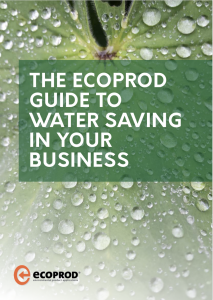
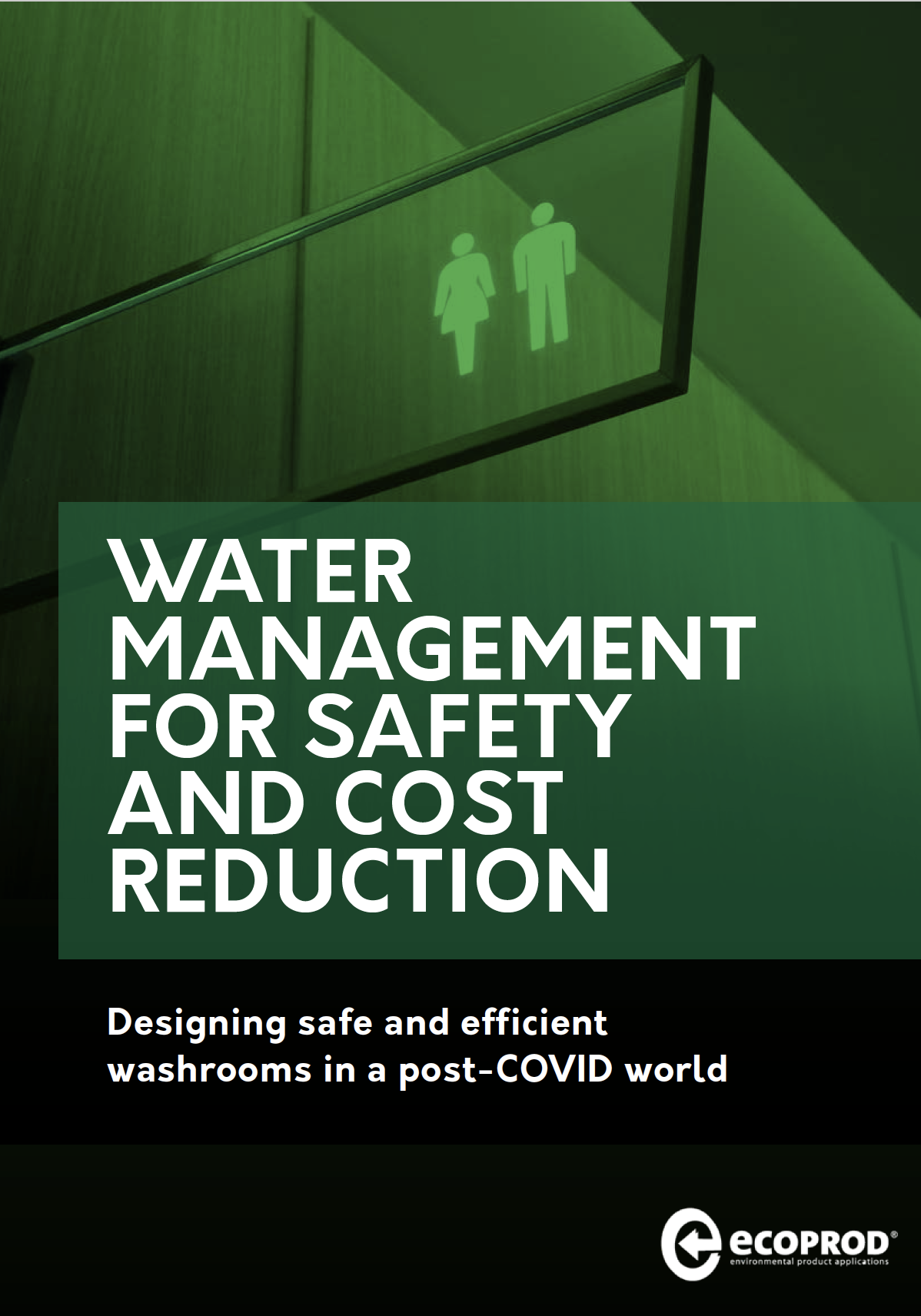



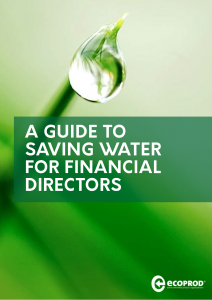
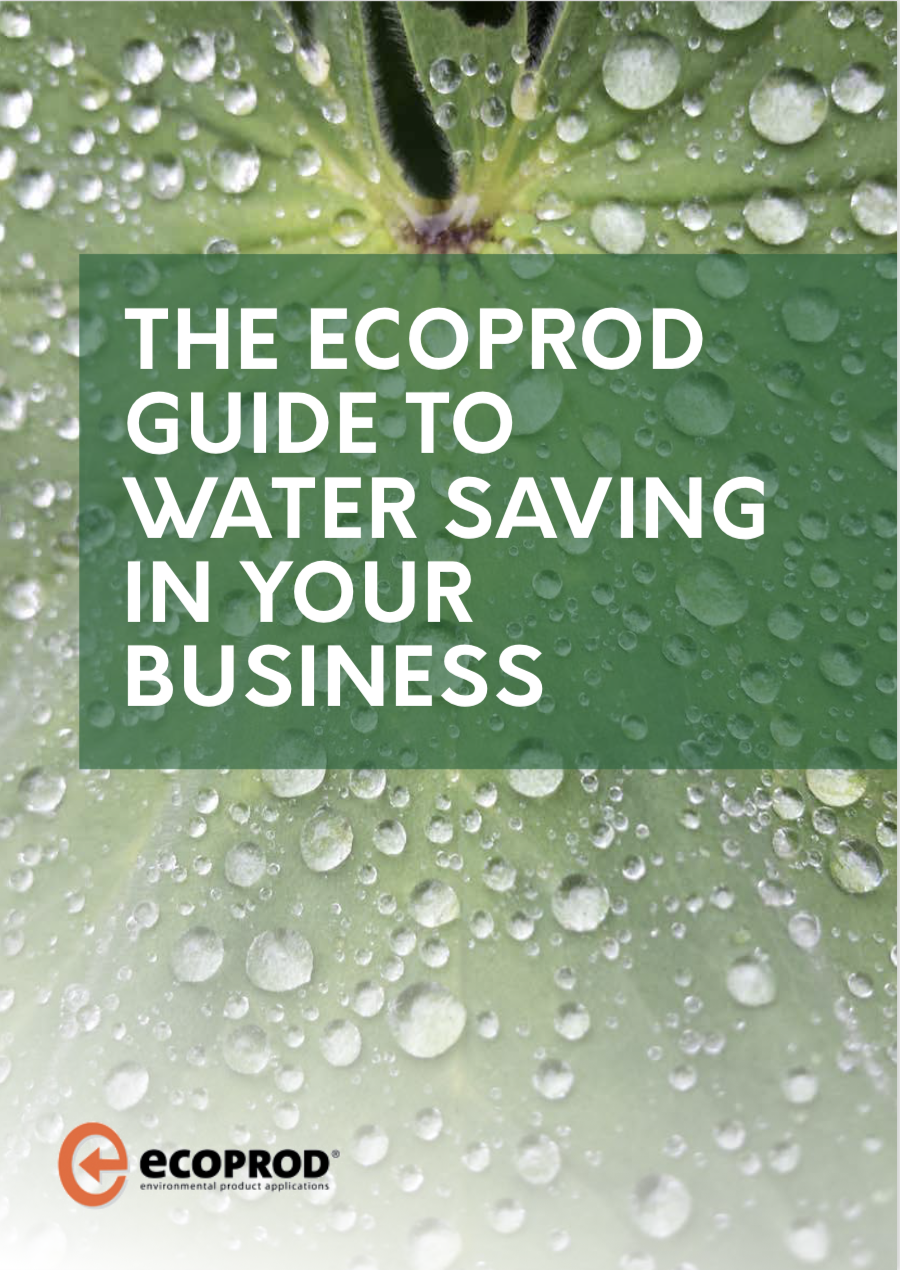
Comments are closed.